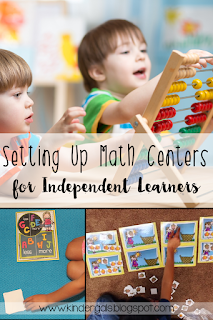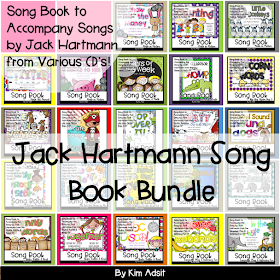Small Group Math
Let's talk about planning small group number activities that are differentiated. A few weeks ago I went on a family beach trip. Ginny, my daughter in law who teaches first grade, was reading this book. When she put it down….I picked it up! It tells us, “The development of number concepts is the foundation and heart for the mathematics program for young children.” It also said, “Children develop a real sense of number by working with real things rather than with symbols.”
Here is some important information that I share about how children best learn number. It is important to know that children can often answer the questions even when you are working at the symbolic level and still lack understanding. This is because they lack the logic of mathematics.
- Start ALL learning at the conceptual level.
- First, use the real objects. (real apples)
- Then, move to a 3D model of the object. (apple erasers)
- Then, move to a 2D model of the object. (paper apples)
- Last, move to an object representing the object. (red unifix cubes to represent apples)
- Next move to the pictorial level.
- Invite the children to draw a picture to show a number of apples.
- Look at a picture of apples and count how many.
- Last, move to the abstract level.
- Use numerals to represent how many apples.
- Use symbols such as =, +, –.
Writer's Workshop
I love, love, love to teach writing to both kids and to teachers! So needless to say, I am always thrilled when I get to present one of my writing sessions. Anchor Charts are an important part of the workshop model. So, just what is an anchor chart? Anchor charts must meet three criteria:- An anchor chart is constructed with the kids.
- An anchor chart is actively being used as a reference.
- An anchor chart is a bulleted list of the big ideas from your mini lessons.
Here is how I do the charts:
- I make the charts ahead of time to match the big ideas from my mini lessons.
- I laminate the chart.
- I use white bulletin board paper, or another sheet of poster board, to cover the words.
- Each day, I “lower” the paper to “reveal” the new idea!
ABC's and 123's
Have you ever seen these little music books by CTP? Jean Feldman and Greg and Steve both have them. Here’s what I did:
- I bought the CD.
- I bought some sticky CD pockets from an office supply store.
- I took a blank CD and burned just the song to match the book.
- I put the CD inside of the sticky pocket.
- Now it makes a great listening center.
You can find Shari's music books here.
And here.
And Jack's here.
Mixing Up Some Math and Science Fun
This session is a little science and a little math and some activities that are science AND math! My kids loved this idea…- First, find non-fiction text about wheels and how they are helpful.
- Then, collect some matchbox cars.
- Pour some tempera paint onto a sponge that I put into a bowl. Not a lot, just enough to make the sponge wet. I made several different colors in several different bowls.
- Cut out a car shape from paper (finger painting paper works best).
- Invite the children to roll the cars around on the paper.
- On another day, have children write a non-fiction piece about wheels.
- Publish the piece by attaching it to the painted car.
Free File Music Book
And now for the freebee….Here is a little music book that you can use for singing Wheels on the Bus. I am sure that you will have no problem finding this song on one of your CDs. If you do, go to itunes and I bet you can pick it up for less than a buck! 












WOW! That was a chock full of inspiration!!!! Thank you:) I am so bummed...my district approved for me to go to the ITK conference then the board said no:( Boo! So, thanks for letting me be there in spirit:)
ReplyDeleteThanks for sharing so many great ideas! I know my Firsties will love the book:-)
ReplyDelete